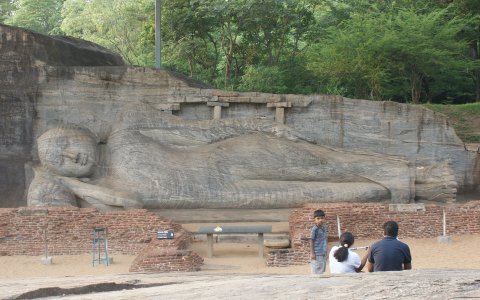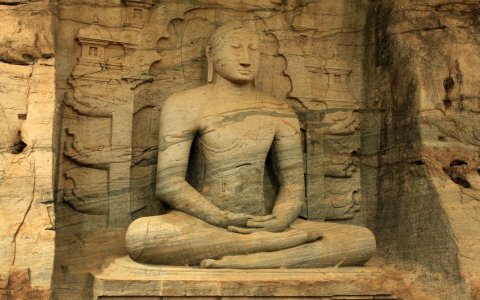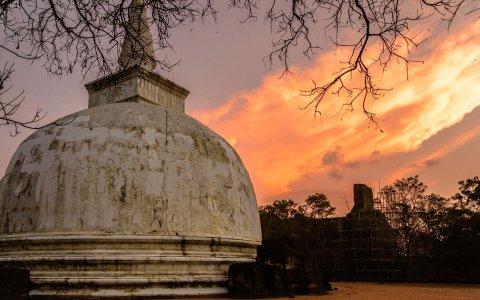Overview
Polonnaruwa, a UNESCO World Heritage site, is one of Sri Lanka's most historically significant ancient cities, offering a fascinating glimpse into the country's medieval past. Once the capital of the Sinhalese kingdom from the 11th to the 13th centuries, Polonnaruwa is home to an impressive collection of ruins and archaeological treasures that attract history enthusiasts and tourists alike.
The city represents the second great capital of Sri Lanka after Anuradhapura and showcases the architectural and artistic achievements of the medieval Sinhalese civilization. The well-preserved ruins provide a unique window into the sophisticated urban planning, religious architecture, and cultural practices of ancient Sri Lanka.
Must-See Highlights
Gal Vihara
Remarkable rock-cut Buddha statues including a 14-foot reclining Buddha, showcasing ancient craftsmanship and serene expressions.
Royal Palace Complex
Explore the remains of the king's residence, including the impressive Audience Hall and Council Chamber.
Vatadage
A circular relic house adorned with beautifully carved stone pillars and intricate carvings.
Lankatilaka Image House
Features a large seated Buddha statue and striking frescoes, perfect for photography and reflection.
Historical Significance
Polonnaruwa became the capital of Sri Lanka in the 11th century CE after the Chola invasion forced the abandonment of Anuradhapura. Under the reign of King Parakramabahu I (1153-1186 CE), the city reached its zenith, becoming a magnificent capital with impressive palaces, temples, and public works.
The city was not only a political and religious center but also a hub of international trade and cultural exchange. The architectural styles found in Polonnaruwa show influences from various parts of Asia, reflecting the cosmopolitan nature of the medieval Sri Lankan kingdom.
Despite being abandoned in the 13th century due to foreign invasions, the ruins of Polonnaruwa have been remarkably well-preserved, providing archaeologists and visitors with an unparalleled glimpse into medieval Sri Lankan civilization.
Best Time to Visit
Peak Season
December to April (Dry season with pleasant weather)
Weather
Hot and dry climate year-round, with temperatures averaging 27-30°C
Recommended Duration
1-2 days to explore the major sites thoroughly



